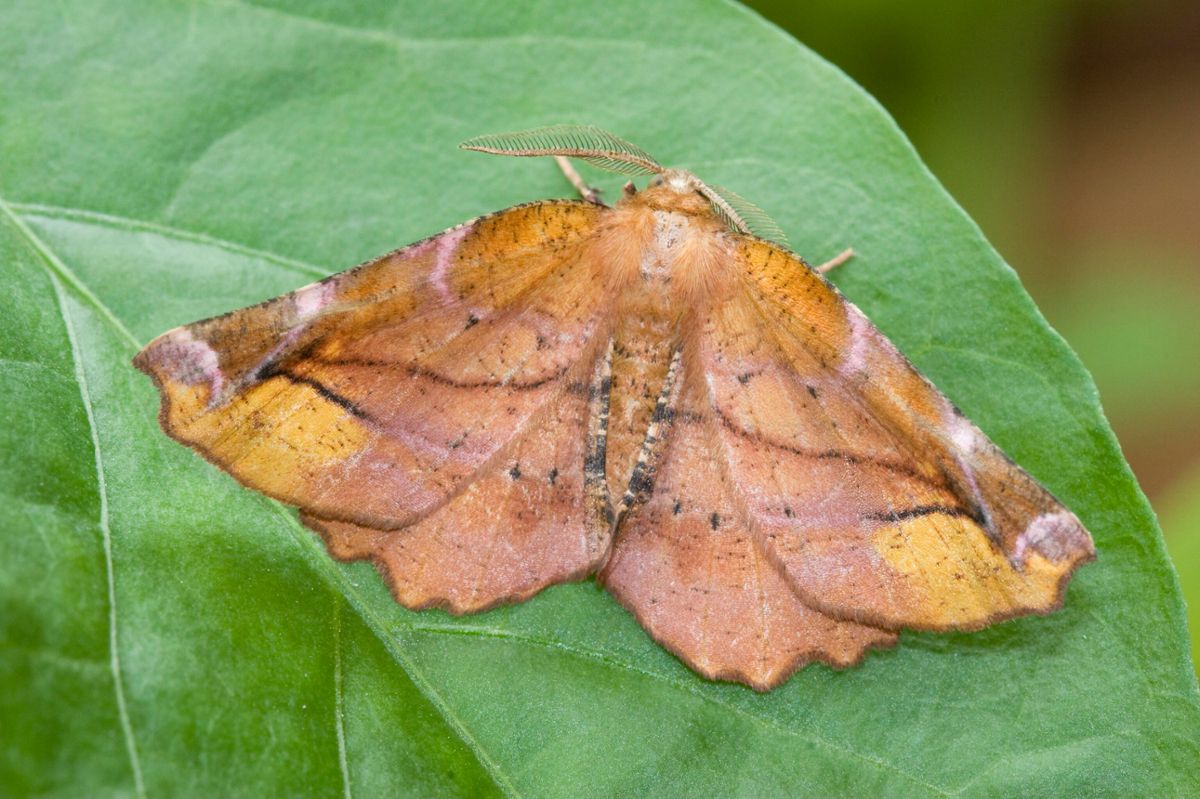When you think of pollination, you probably think of bees buzzing around on a bright summer day. But pollination isn’t just a daytime activity and one of the most important pollinators is also one of the most surprising: moths.
A 2022 study examined the role of moths in pollination and found that moths may be responsible for as much as 25% of all insect to plant pollination especially in urban settings. Nevertheless, the study found that like their more well-known fellow pollinators, moths face serious challenges and are declining in population. In fact, many human efforts to help replenish depleted pollinator populations have focused on introducing plants that will attract bees and butterflies, and thus made circumstances more difficult for moths.
Bees and butterflies are attracted to brightly colored flowers and many human efforts to help grow their populations have focused on introducing one or two specific bright plant species to urban settings. Moths are attracted to these bright flowers as well, and since plants only have a limited amount of nectar, the sugar-rich substance by which plants attract pollinators, this leads to competition among pollinators that can hurt all species involved.
The study suggests increasing the variety of plants in urbanization efforts as a way to combat this problem and especially recommends that cities invest in native plants since many such plants rely on the nocturnal pollination that moths provide. These plants tend to have pale or light-colored flowers that stand out at night by reflecting moonlight and thus don’t attract bees or butterflies. Introducing such plants will help the plants, insects, and urban ecosystems as a whole build resilience.










